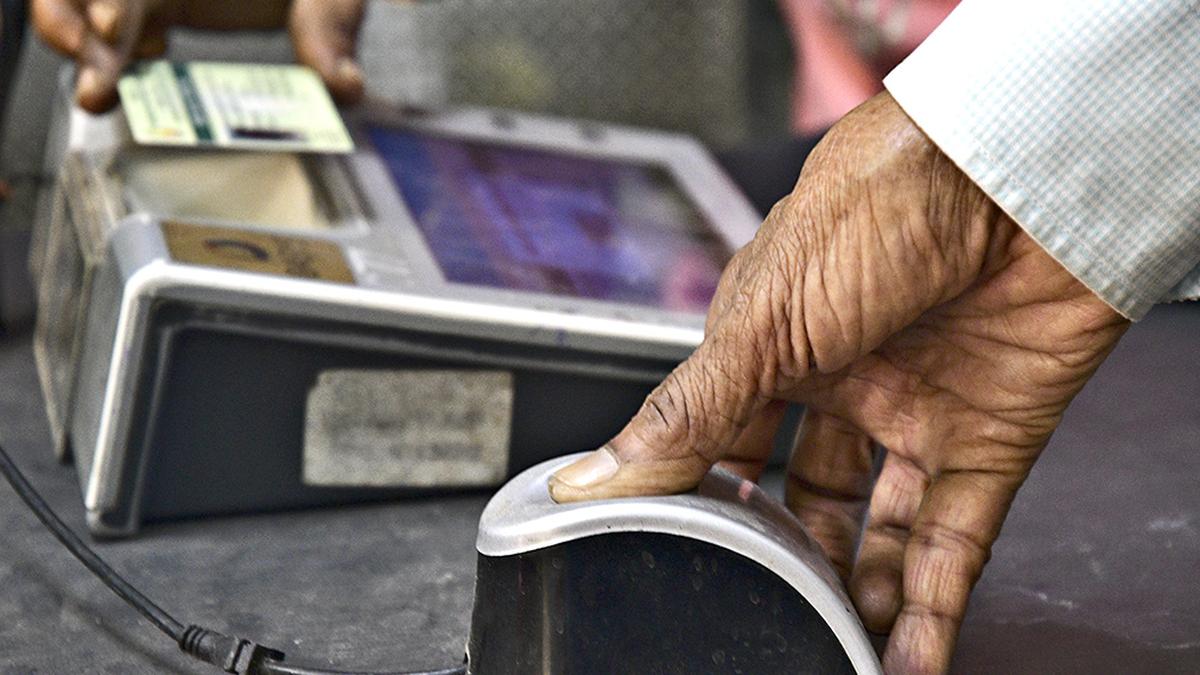Description
.png)
Copyright infringement not intended
Picture Courtesy: lehren.com
Context: The extension of the Payments Infrastructure Development Fund (PIDF) scheme by the Reserve Bank of India (RBI) until December 31, 2025, with an expanded scope, is a significant step toward promoting digital transactions and financial inclusion in India.
Key points from the announcement:
- Extension of PIDF Scheme: The RBI has extended the PIDF scheme for an additional two years, making it active until December 31, 2025. This extension indicates the continued focus on enhancing digital payment infrastructure in the country.
- Inclusion of PM Vishwakarma Scheme Beneficiaries: The scheme will now include beneficiaries of the PM Vishwakarma scheme. This expansion of targeted beneficiaries aims to boost digital transactions at the grassroots level and support various sectors of the economy.
- Previous Inclusions: Initially launched in January 2021, the PIDF scheme targeted the deployment of payment acceptance infrastructure in tier-3 to tier-6 centres, northeastern states, and Union Territories of Jammu & Kashmir and Ladakh. Later, in August 2021, beneficiaries of the PM SVANidhi Scheme in Tier-1 and 2 centres were included under the scheme.
- Deployment Achievements: As of August 2023, the scheme has led to the deployment of over 2.66 crore new touchpoints, indicating substantial progress in expanding digital payment infrastructure across the targeted regions.
- Encouragement of Emerging Payment Modes: The RBI plans to encourage the deployment of emerging payment acceptance methods, including soundbox devices and Aadhaar-enabled biometric devices. This strategy aims to accelerate and enhance the deployment of payment acceptance infrastructure in the specified geographies.
- Industry Support: Industry experts, such as Rajsri Rengan, India's Head of Development, Banking, and Payments at FIS, have appreciated the RBI's proactive approach to strengthening the digital payments ecosystem. The move is expected to pave the way for financial inclusion and provide crucial support to artisans and craftspeople through comprehensive assistance.
Payments Infrastructure Development Fund (PIDF) Scheme
- It is an initiative launched by the Reserve Bank of India (RBI) to promote the adoption of digital payments in India.
- The primary goal of the PIDF Scheme is to increase the penetration of digital payment acceptance infrastructure in underserved regions and segments of the Indian economy. It aims to make digital payment options more accessible and convenient, particularly in tier-3 to tier-6 cities, northeastern states, and special focus areas like Jammu Kashmir and Ladakh.
- The PIDF Scheme is funded through contributions from the RBI and major authorized card networks operating in India, including Visa, Mastercard, RuPay, and American Express.
- The scheme targets two main categories of beneficiaries:
- Merchants without Payment Acceptance Technology: It identifies and assists merchants who have not yet adopted any form of digital payment acceptance technology. This category includes essential service providers, government payment centres, fuel stations, PDS (Public Distribution System) shops, healthcare providers, kirana (small grocery) shops, street vendors, and more. These merchants are eligible to receive one physical and one digital payment acceptance device each through the scheme.
- Existing Merchants for Upgradation: The scheme also encourages existing merchants to upgrade their payment acceptance infrastructure to support advanced features like contactless payments, interoperability, and enhanced security.
- PIDF provides financial assistance to both banks and non-bank financial companies (NBFCs) for deploying payment acceptance devices such as point-of-sale (PoS) terminals, QR codes, and mobile wallets in eligible regions. It also offers incentives to merchants for accepting digital payments.
- An Advisory Council, chaired by the Deputy Governor of RBI, oversees the PIDF Scheme. This council includes representatives from various stakeholders, including card networks, banks, NBFCs, payment service providers, industry associations, and consumer groups. The council advises RBI on operational aspects such as fund allocation, target setting, monitoring, and evaluation.
- The PIDF Scheme is expected to have a positive impact on digital payment adoption in India by increasing the availability and accessibility of payment acceptance devices in rural and semi-urban areas. This, in turn, will promote financial inclusion, transparency, and a shift towards a cashless economy.

Conclusion
- The Payments Infrastructure Development Fund (PIDF) Scheme is an RBI initiative to boost digital payments in India by providing financial assistance and incentives to banks, NBFCs, and merchants for deploying and upgrading payment acceptance infrastructure in underserved regions and among various segments of the Indian economy. The scheme aims to enhance financial inclusion and promote digital transactions as a means to drive economic growth and transparency.
Must Read Articles:
Vishwakarma Scheme Launched: https://www.iasgyan.in/daily-current-affairs/vishwakarma-scheme-launched#:~:text=Context%3A%20The%20Prime%20Minister%20recently,%2C%20spanning%20until%202027%2D28.
PM SVANidhi: https://www.iasgyan.in/daily-current-affairs/pm-svanidhi
|
PRACTICE QUESTION
Q. What are the key objectives and impact of the Payments Infrastructure Development Fund (PIDF) Scheme launched by the Reserve Bank of India, and how does it contribute to promoting digital payment adoption and financial inclusion in underserved regions and sectors of the Indian economy?
|
Array
(
[0] => daily-current-affairs/payments-infrastructure-development-fund-pidf
[1] => daily-current-affairs
[2] => payments-infrastructure-development-fund-pidf
)




.png)
.png)


